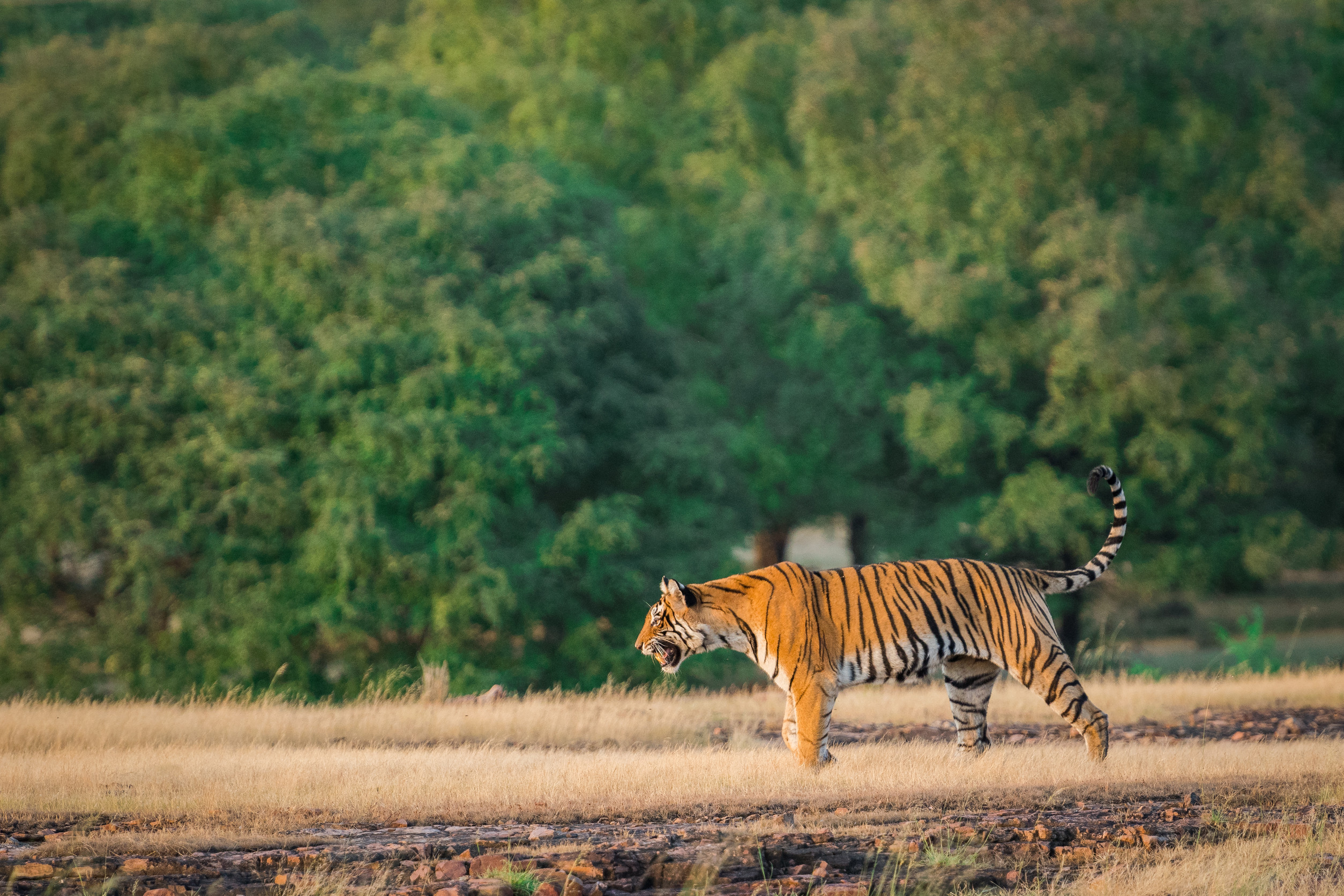Research from the University of Arizona indicates that extinction rates for various species have declined over the past century, suggesting that conservation efforts may be having a positive impact. The study, led by researchers Kristen Saban and John Wiens, analyzed extinction patterns across a wide range of species, revealing that the dire predictions of a sixth mass extinction may need to be reassessed.
Their findings, published in the journal Proceedings of the Royal Society B: Biological Sciences, draw on data from nearly two million species and focus on 912 species that have gone extinct over the last five centuries. The researchers determined that extinction rates peaked approximately a century ago and have since slowed for many groups, including plants, arthropods, and land vertebrates. “We show that extinction rates are not getting faster towards the present, as many people claim, but instead peaked many decades ago,” stated Wiens.
Revising Historical Assumptions
Past studies have often painted a bleak picture, suggesting that extinction rates are accelerating. According to Saban and Wiens, this perspective arose from extrapolating current trends from historical data. These studies assumed that the rate of extinction observed in the past would continue into the future, overlooking the evolution of extinction causes.
“Historically, invasive species on islands caused many losses. Today, the main culprits are habitat destruction and climate change,” explained Wiens. The current study found that most extinctions in the past century occurred among island-dwelling species, particularly mollusks and vertebrates in places like Hawaii. On continental landmasses, freshwater ecosystems faced the most significant losses due to habitat destruction. Notably, the researchers found no evidence that climate change has driven higher extinction rates in the last 200 years, although Wiens emphasized that this should not diminish the urgency of addressing climate change.
The Role of Conservation Efforts
The decline in extinction rates may be attributed, at least in part, to increased global conservation initiatives. Efforts such as habitat protection and captive breeding programs have stabilised numerous species that were once on the brink of extinction. “Many people are working hard to keep species from going extinct,” stated Wiens. “And we have evidence from other studies that investing money in conservation actually works.”
The researchers also assessed the threat levels for approximately 163,000 species using data from the International Union for Conservation of Nature (IUCN). Their analysis indicated that while many extinct species were island-dwelling, today’s most threatened species are primarily found on the mainland, where habitat loss remains a critical concern. “The current threat level provides probably our best hint of what is currently happening and might happen in the near future,” noted Wiens.
Lead author Kristen Saban, now a doctoral student at Harvard University, stressed that the findings should not lead to complacency regarding biodiversity loss. “It’s important that we talk about it with accuracy—that our science is rigorous in how we’re able to detail these losses and prevent future ones,” she stated.
Both researchers advocate for a shift in the narrative surrounding extinction. Rather than fostering a sense of hopelessness, they propose a data-driven optimism that acknowledges both challenges and successes in conservation. “If we’re saying that what is happening right now is like an asteroid hitting Earth, then the problem becomes insurmountable,” said Saban. “By looking at the data in this way, we hope our study helps inform better ways to address biodiversity loss.”
The insights from this study offer a nuanced understanding of extinction dynamics and highlight the importance of ongoing conservation efforts to protect the planet’s biodiversity for future generations.







